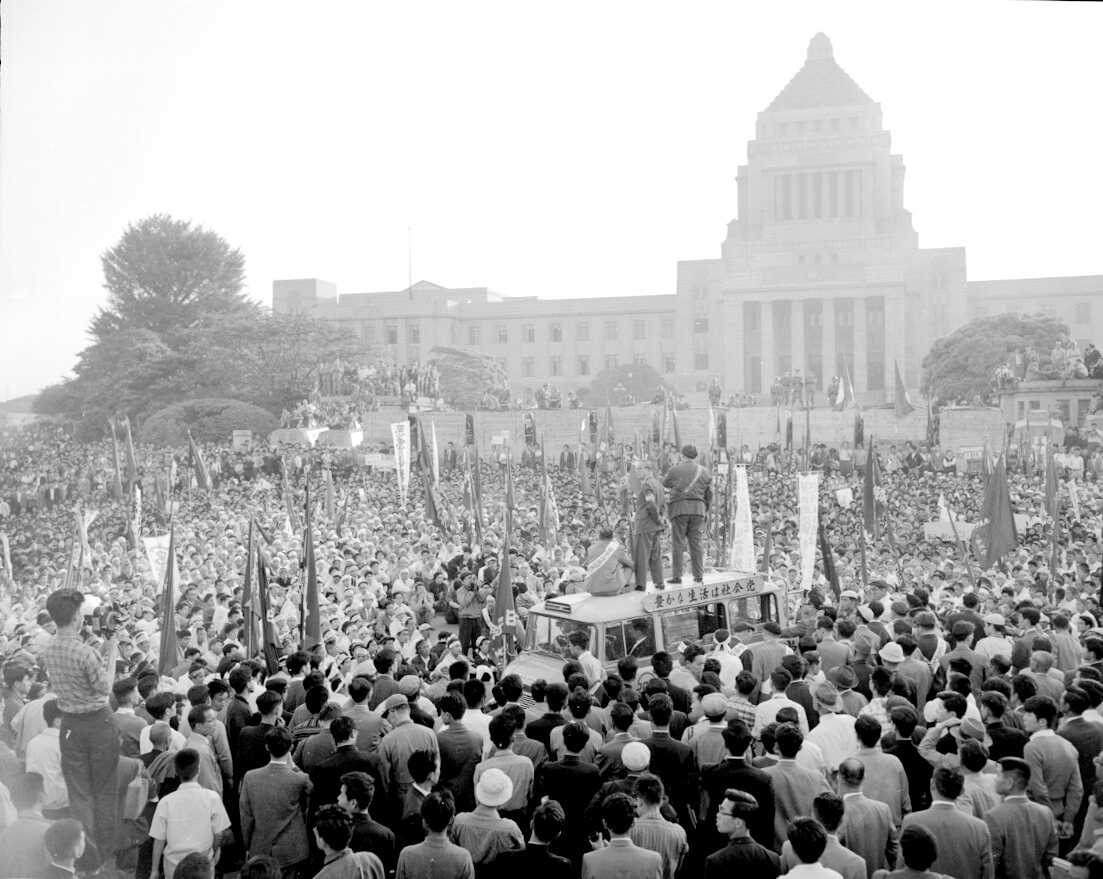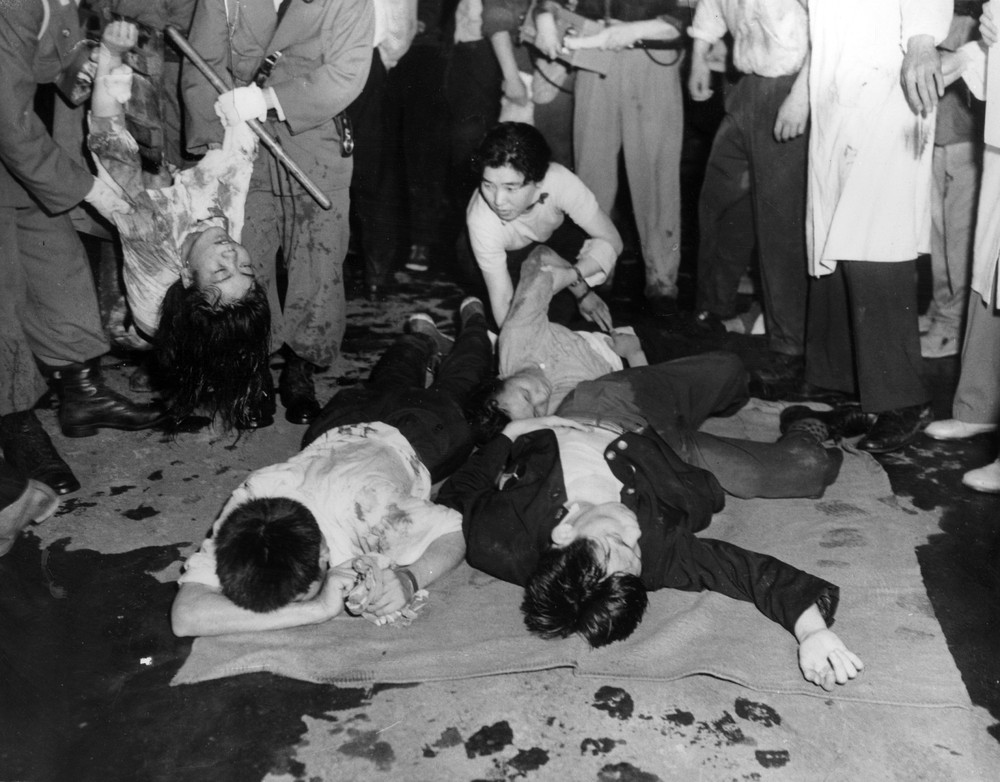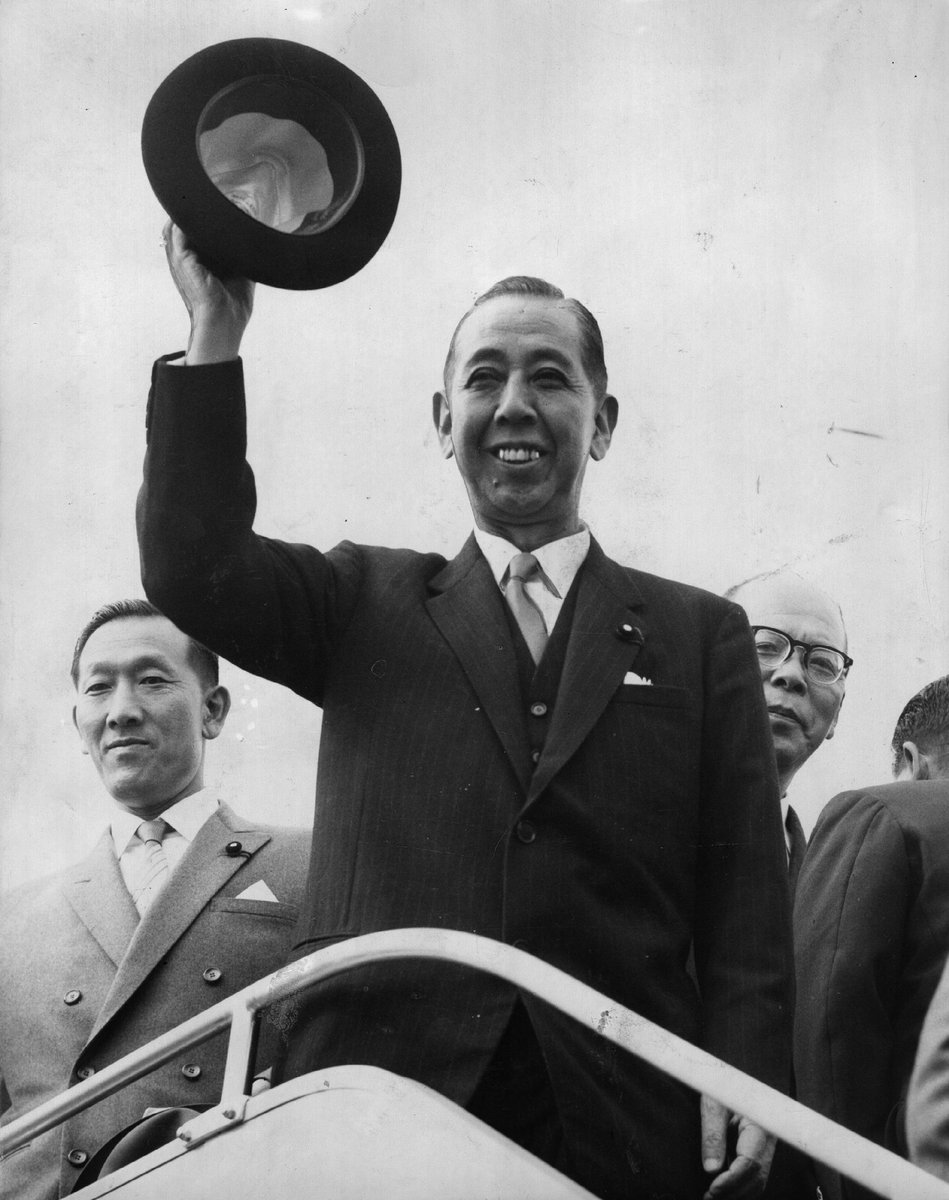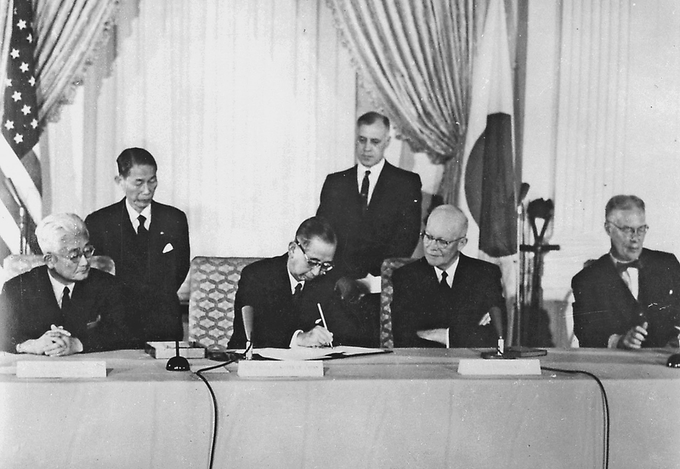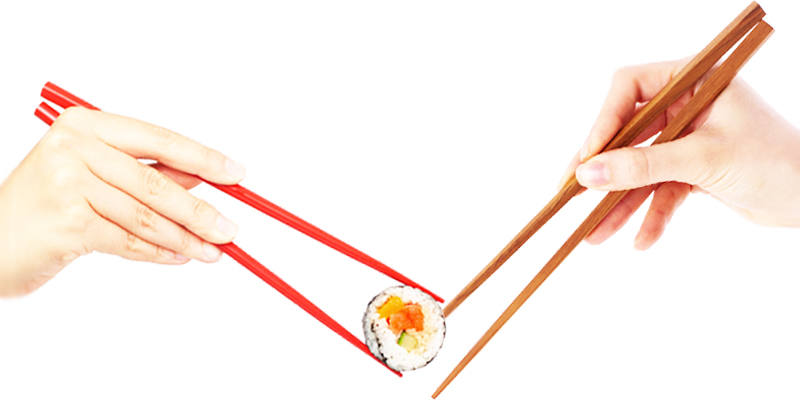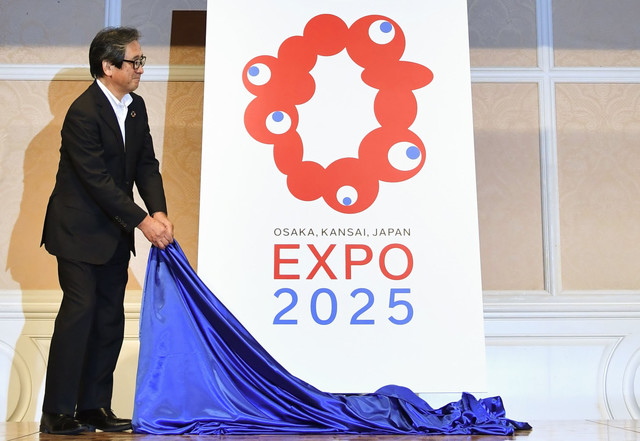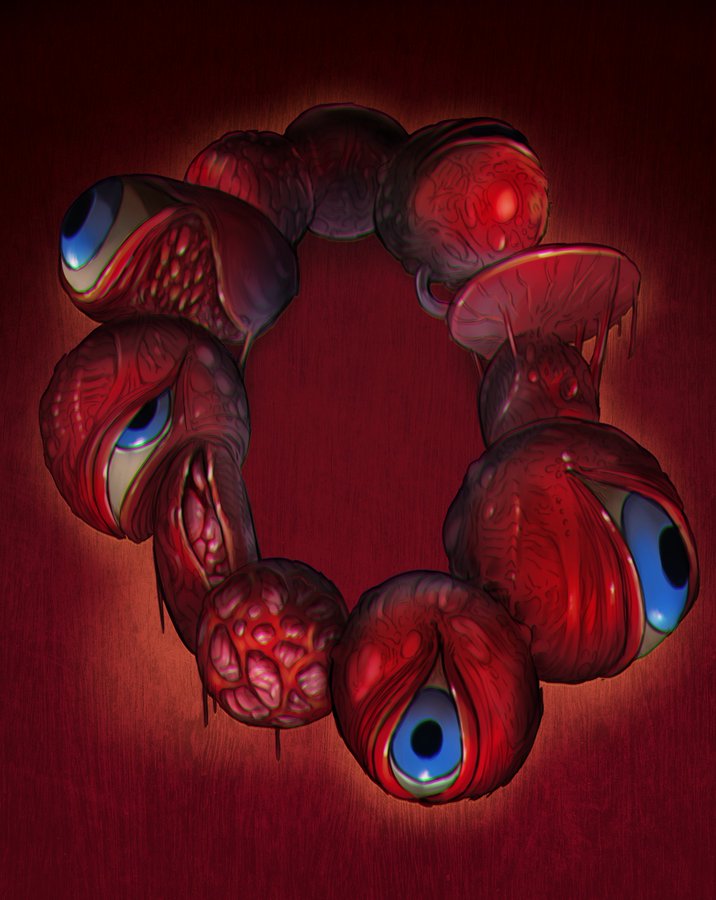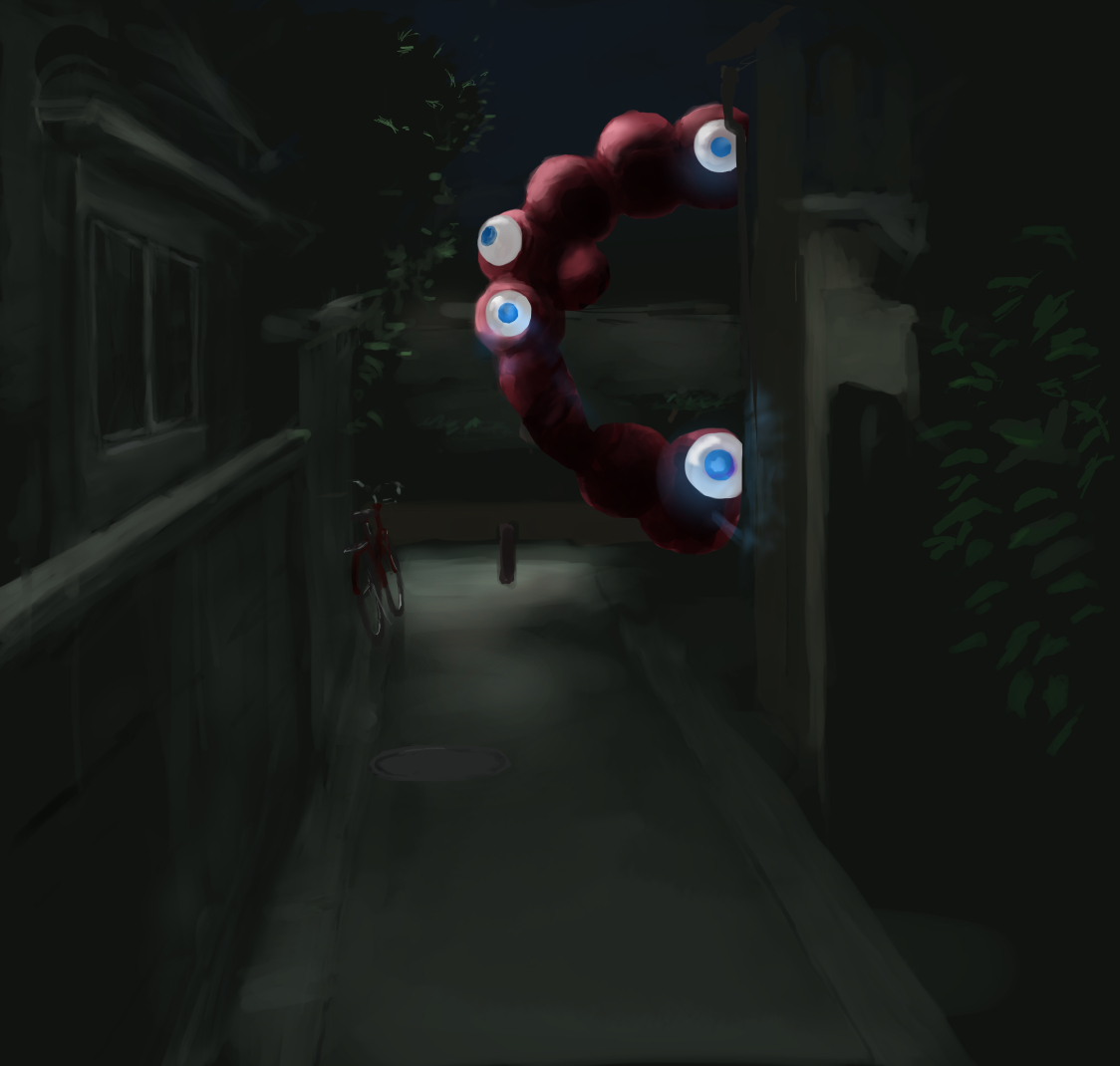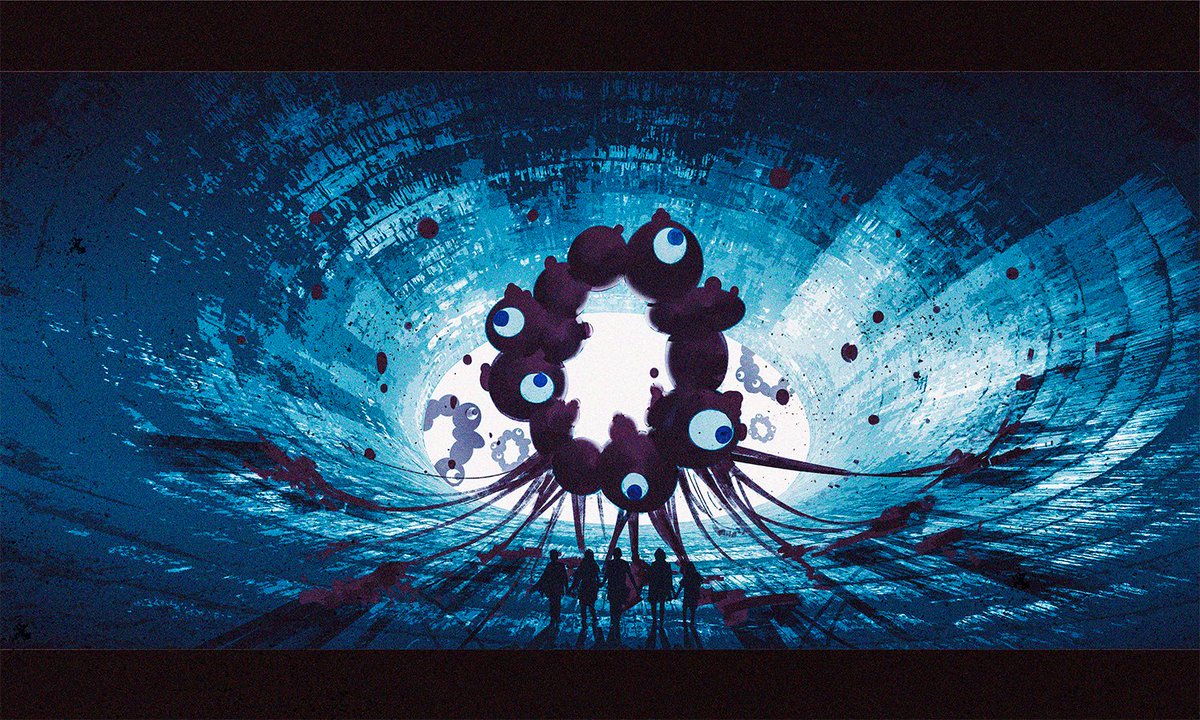
Today marks the 85th anniversary of the "February 26 Incident" (二・二六事件) of 1936, when junior officers in the Japanese army tried to violently overthrow the government and "restore" direct control to the Emperor. 1/ 

Young officers associated with the Kōdō-ha ("Imperial Way Faction") of the Army believed that "evil advisors" were deceiving the Emperor and sought to liberate him by assassinating the advisors and launching a "Shōwa Restoration" akin to the Meiji Restoration 7 decades prior. 2/ 

Issuing orders to approximately 1,500 enlisted soldiers under their command, the rebels marched out of their barracks into the snowy streets of Tokyo in the wee morning hours to try to seize control of the Imperial Palace and assassinate 7 senior leaders on their hit list. 3/ 

The rebels also occupied Police Headquarters, seized control of the Ministry of War, and attacked the left-leaning Asahi Shimbun newspaper. By 7:00 a.m., much of central Tokyo was in rebel hands. 4/ 
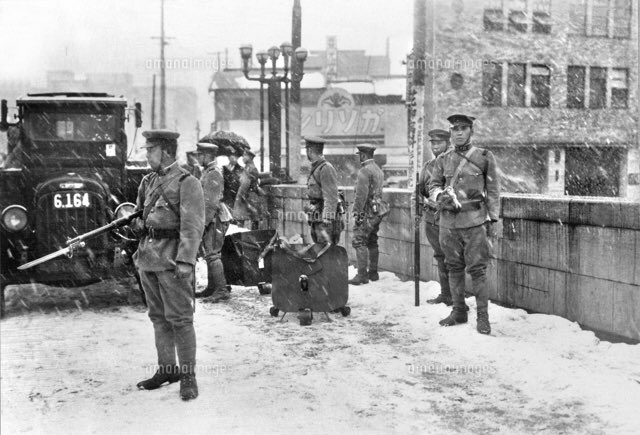
The rebels failed to assassinate Prime Minister Okada Keisuke (L), gunning down his somewhat similar-looking, equally mustachioed brother-in-law Denzō Matsuo (R) by mistake. They compared the corpse to a photograph of Okada and decided their mission had been accomplished. 5/ 

They also failed to assassinate former admiral, present Grand Chamberlain, and future prime minister Suzuki Kantarō. Having burst into his bedroom and shot him 4 times, they left after his wife Taka convinced them that she would finish killing him herself (which she did not). 6/ 

However, the rebels did succeed in murdering former prime minister Takahashi Korekiyo, who as finance minister had saved Japan from the Great Depression by pursuing Keynesian policies before Keynes. Bursting into his bedroom, they shot and stabbed him to death in his sleep. 7/ 

Although Takahashi's expansionary fiscal policies let Japan escape from the Great Depression sooner than any other nation, like any good Keynesian (but before Keynes!), he sought to reduce spending in a counter-cyclical manner once Japan's economy was roaring again. 8/ 

Once the economy was firing on all cylinders again, he fought to reduce military spending, which he already disdained ("warships do not produce other goods"), thus purchasing the enmity of the military, including the young officers 2/26 (quote below from Smethurst 2007, p275) 9/ 

They also murdered retired admiral, former prime minister, and Lord Keeper of the Privy Seal Saitō Makoto, invading his bedroom, shoving aside his wife Haruko (pictured with Saitō) when she tried to shield him with her body, and gunning him down with a light machine gun. 10/ 

Haruko was bayonetted during the incident but survived, and lived until age 98 in 1971.
Here is a Japanese web page about her:
burari2161.fc2web.com/saitouharuko.h…
11/


Here is a Japanese web page about her:
burari2161.fc2web.com/saitouharuko.h…
11/



The rebels were tacitly supported by a large number of senior Army officers. Even Army Minister Yoshiyuki Kawashima (pictured) urged the emperor to accede to the rebels' demands and disband the cabinet, and issued a statement in his own name declaring their motives pure. 12/ 
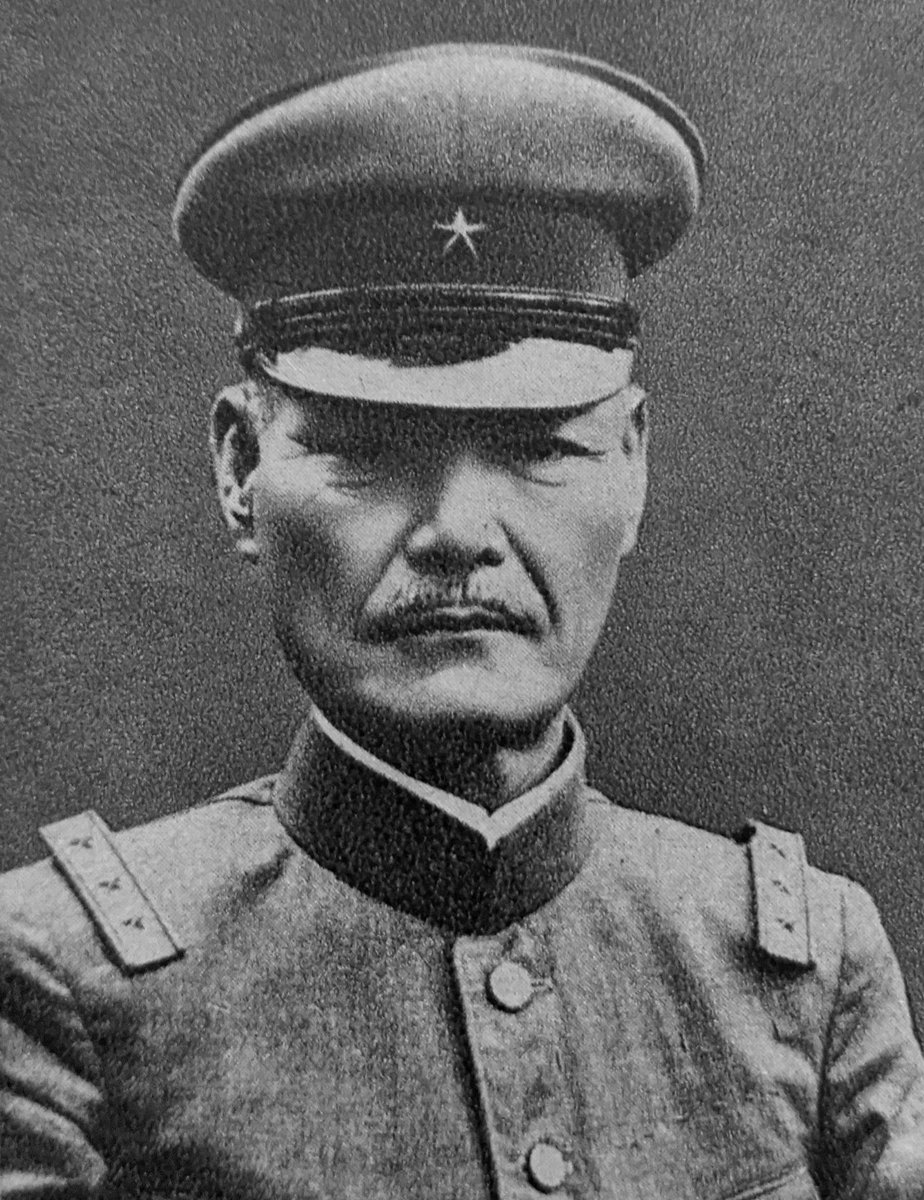
The rebels expected Emperor Hirohito would greet them as liberators, or at the very least, turn a blind eye the way he had done after many previous military and assassinations. 13/ 

However, attacking his personal aides and invading the Imperial Palace was a bridge too far, and Hirohito was enraged by their actions.
He demanded the Army suppress the revolt, violently if necessary, and on the morning of February 27, he issued a command to this effect. 14/
He demanded the Army suppress the revolt, violently if necessary, and on the morning of February 27, he issued a command to this effect. 14/

Amazingly, the Army dragged its feet for nearly 24 hours, pressuring Hirohito to reconsider.
Finally, after Hirohito threatened to personally lead troops against the rebels, the command was released at 5 a.m. on February 28, more than two days into the revolt. 15/
Finally, after Hirohito threatened to personally lead troops against the rebels, the command was released at 5 a.m. on February 28, more than two days into the revolt. 15/
The Army began sending up balloons with streamers (L) and dropping hastily printed leaflets from airplanes (R) informing the rank-and-file that they were in defiance of the Emperor's command and urging them to return to their barracks. 16/ 



Meanwhile, martial law was declared, all citizens were ordered to evacuate central Tokyo, and 20,000 loyal troops and 22 tanks were brought in.
They completely surrounded and sealed off the area controlled by the rebels and prepared for an all-out general assault. 17/
They completely surrounded and sealed off the area controlled by the rebels and prepared for an all-out general assault. 17/

But the balloons and leaflets had already done their job.
Once they learned they were going against the Emperor's will, rank-and-file soldiers began deserting in droves, straggling back to their various barracks.
The coup collapsed and the assault proved unnecessary. 18/
Once they learned they were going against the Emperor's will, rank-and-file soldiers began deserting in droves, straggling back to their various barracks.
The coup collapsed and the assault proved unnecessary. 18/

The young officers who led the coup gathered in the War Ministry, where they met with senior generals. Their weapons were confiscated, but they were allowed to keep their sidearms, the clear implication being that they should commit suicide. The Army even prepared 30 coffins. 19/
However, only a few shot themselves. The rest conferred and decided to continue their fight in court.
After past revolts, such as the 1932 "May 15 Incident," rebellious officers had turned public trials into dramatic spectacles that garnered public sympathy for their cause. 20/
After past revolts, such as the 1932 "May 15 Incident," rebellious officers had turned public trials into dramatic spectacles that garnered public sympathy for their cause. 20/
But the Army was not having it.
Rather than a public trial as in the past, the 19 surviving officers were tried in secret without access to legal representation, and were not allowed to call witnesses. They were also not allowed to discuss their motives, only their actions. 21/
Rather than a public trial as in the past, the 19 surviving officers were tried in secret without access to legal representation, and were not allowed to call witnesses. They were also not allowed to discuss their motives, only their actions. 21/
Charged with the crime of "rebellion" (反乱罪), all 19 were found guilty and 17 were sentenced to death and executed. 22/
The Army then purged many senior members of the "Imperial Way" (皇道派) faction, allowing the rival "Control" (統制派) faction to gain supremacy.
This brought an end to the Imperial Way plots and coups in the 1930s now remembered as "government by assassination." 23/
This brought an end to the Imperial Way plots and coups in the 1930s now remembered as "government by assassination." 23/
Not that the Control Faction was any less committed to imperial expansion and warmongering on the Asian continent, nor did the military's insubordination problem cease.
The very next year, rebellious officers fomented the Marco Polo Bridge Incident, leading to war in China. 24/
The very next year, rebellious officers fomented the Marco Polo Bridge Incident, leading to war in China. 24/

During the revolt, rebel troops had named themselves the "Righteous Army" (義軍), and had flown Japanese flags with the added characters "revere the Emperor, destroy the traitors" (尊皇討奸), in imitation of the Bakumatsu-era slogan "revere the Emperor, expel the barbarians." 25/ 

Here is a photo of the rebel flag flying both in front of and on top of the Sannō Hotel in Tokyo, which the rebels occupied during their coup attempt. 26/ 

The 2/26 revolt led to the banning of a popular song.
Officially titled "The Song of Young Japan" (青年日本の歌) but unofficially called "Ode to Showa Restoration" (昭和維新の歌), it urged the young officers to rise up and overthrow the system. 27/
Officially titled "The Song of Young Japan" (青年日本の歌) but unofficially called "Ode to Showa Restoration" (昭和維新の歌), it urged the young officers to rise up and overthrow the system. 27/
Originally penned in 1930 by naval officer Minami Taku (who later was a lead conspirator in the May 15 Incident), the song excoriated politicians and zaibatsu, and concluded with call to "draw our swords and dance in purifying blood." 28/
Longer version:
Longer version:
In the early 1930s, the catchy song became a smash hit, not only among officers, but among the general public as well.
As it was seen to have helped inspire the February 26 rebellion, it was banned thereafter.
Full English lyrics can be found here: en.wikipedia.org/wiki/Ode_of_Sh…
29/
As it was seen to have helped inspire the February 26 rebellion, it was banned thereafter.
Full English lyrics can be found here: en.wikipedia.org/wiki/Ode_of_Sh…
29/
After World War II, postwar Japanese ultranationalists idolized the rebel officers of 2/26, even though the Emperor had condemned them. They continued to try to foment a long-awaited "Shōwa Restoration," even embarking on a copycat wave of assassination attempts in the 1960s. 30/
I wrote about these 1960s assassination attempts in my book "Japan at the Crossroads," including the most famous one, 17-year-old right-wing youth Yamaguchi Otoya's successful assassination of Japan Socialist Party chairman Asanuma Inejiro during a TV election debate. 31/ 
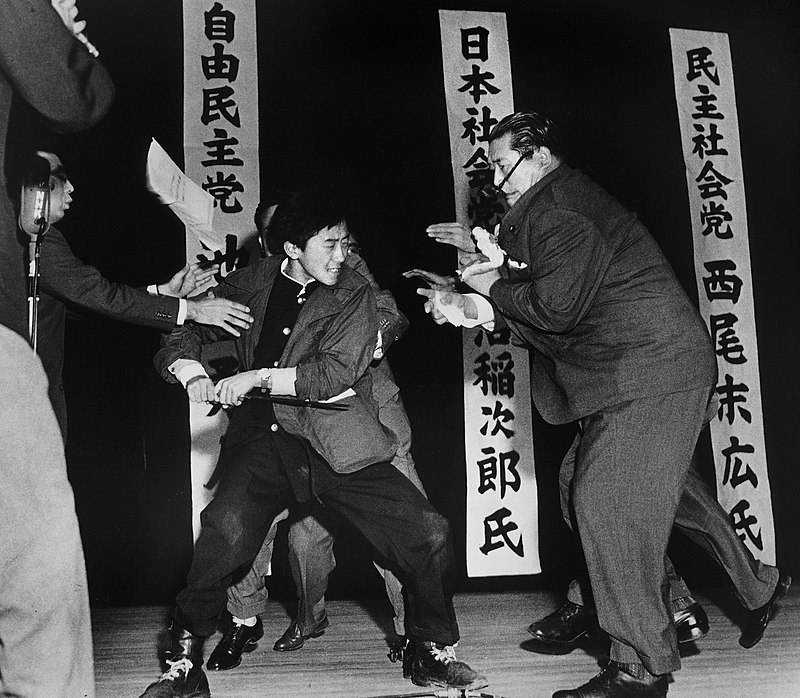
One of Japanese writer Mishima Yukio's most well-known stories is "Patriotism" (1960), a fictional account of one of the young officers who led the February 26 revolt.
Ten years later in 1970, Mishima attempted his own failed coup d'etat before committing ritual suicide. 32/
Ten years later in 1970, Mishima attempted his own failed coup d'etat before committing ritual suicide. 32/

Even today, the February 26 rebels are often portrayed rather sympathetically in Japanese mass media (especially on the right) and depicted as noble or even heroic. There is a sense that although they might have gone too far, they were patriots and their motives were pure. 33/ 

Today a memorial to the young officers of 2/26 (featuring a statue of Kannon, the Buddhist Bodhisattva of mercy and compassion) stands right next to NHK headquarters in Shibuya, very near the former location of the prison where the officers were executed by firing squad.
Fin/
Fin/

• • •
Missing some Tweet in this thread? You can try to
force a refresh





